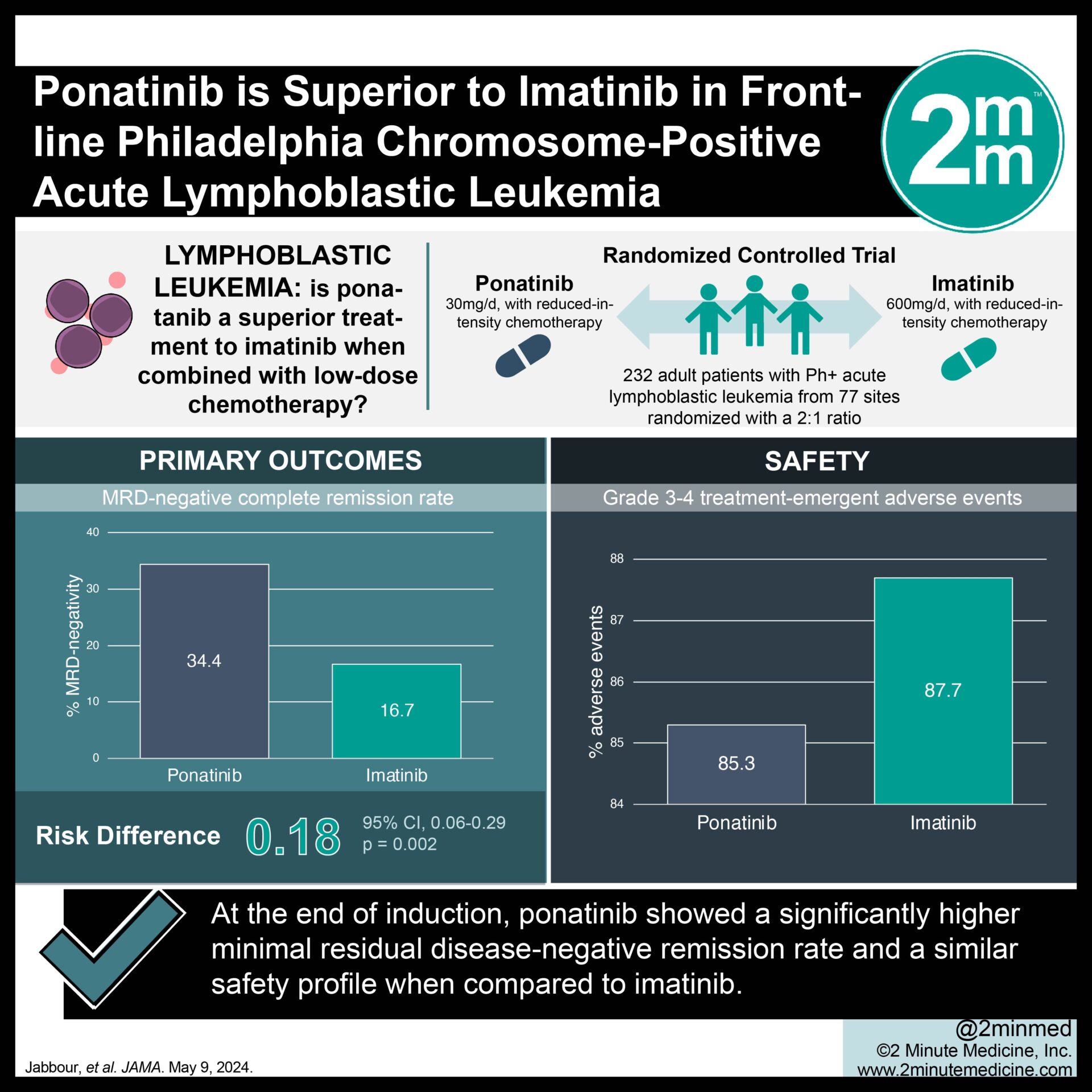The following is a summary of the “Home Introduction of Baked Egg After Oral Food Challenge,” published in the January 2023 issue of Allergy and Clinical Immunology by Kotwal, et al.
This study aims to identify characteristics before, during, and after BE oral food challenges that predict future egg consumption and oral food challenges (OFCs). They looked at data collected from at least 24 months of follow-up for a series of BE OFCs. Intentional doses were between 1/16 and 1/4 of an egg. The outcomes were either successful (no reaction), unsuccessful (but BE introduction was permitted), or unsuccessful (avoid). The reactions and the current status of the egg introduction were recorded.
There were 243 patients, with 134 successful and 109 unsuccessful (70 of whom were instructed to introduce BE). At follow-up (median, 47 months), 37% were eating raw or undercooked eggs, 11% were eating lightly cooked eggs, 16% were eating BE, and 36% were avoiding eggs altogether; 58% of those who failed compared to 81% of those who succeeded were eating eggs. Avoiders had a significantly higher median IgE level to egg whites than introducers (8.7 vs. 5.8; P =.008).
Predicting continued egg consumption at follow-up was a lower baseline IgE to egg white and younger age (median IgE, 5.8 vs. 8.4; P =.03; median age, 4.0 vs. 8.0 years; P<.001). There were a total of 136 reactions (132 mild and 4 severe) across 94 patients; 22 (16.2%) were due to unintentional exposures, 42 (30.9%) were due to planned escalations, and 72 (52.9%) were with doses that had previously been tolerated. In most cases, patients who underwent a BE OFC continued eating eggs and sometimes even progressed to eating direct eggs. Unfortunately, many people returned to their old avoidance patterns, and negative reactions were fairly common.
Source: sciencedirect.com/science/article/abs/pii/S221321982201042X



















